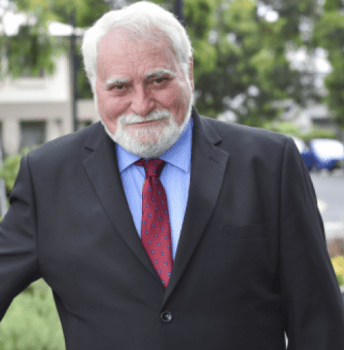A new tool has been developed to help town planners developers, and architects build heat resilience into the homes, workplaces, towns and cities of the future.
Launched by the Western Sydney Regional Organisation of Councils – which represents five local councils in the Greater Western Sydney region – the Cool Suburbs NSW tool was developed in collaboration with a panel of leading scientists, experts from government, and the development industry.

“Cool Suburbs NSW is a practical, science-backed tool to help industry and government make informed decisions about managing heat impacts – both today and in the future – through state-of-the-art urban design,” WSROC president councillor Barry Calvert said.
Available free online, the resource – which is funded through the Disaster Risk Reduction Fund – shows users how to maximise urban cooling including orientation, airflow, permeability, shading, and open space.
“Cool Suburbs NSW also outlines measures to support community heat resilience including provision of drinking water, backup power for community hubs, and community information and signage,” Calvert said.
Developments are awarded credits for the cooling measures they incorporate. Credits are awarded for:
- urban design – to ensure urban layout supports passive cooling
- cool streets – that contribute to creating cool lines in urban landscapes
- cool parks – that create cool outdoor spaces
- cool homes – that promote passive design principles for greater resilience to high temperatures
- cool buildings – including workplaces, community hubs and places of worship, and
- innovative technologies – that advance urban heat performance.
Professor Sebastian Pfautsch – urban management and planning, Western Sydney University – said current practices in greenfield development and urban densification must change to be fit for a hotter future. “If they don’t, people’s lives, livelihoods and their life support systems are knowingly put in danger.”
As our cities and towns get hotter, urban design and development will play an increasingly important role in enabling heat resilience for our communities and landscapes, Calvert said.
“As heat risks grow with climate change, cities around the world are looking for solutions to improve to manage heat through urban design. Urban heat has been a major challenge for Western Sydney, and we are proud to be leading the way for heat-resilient design across our state.”





Leave a Reply